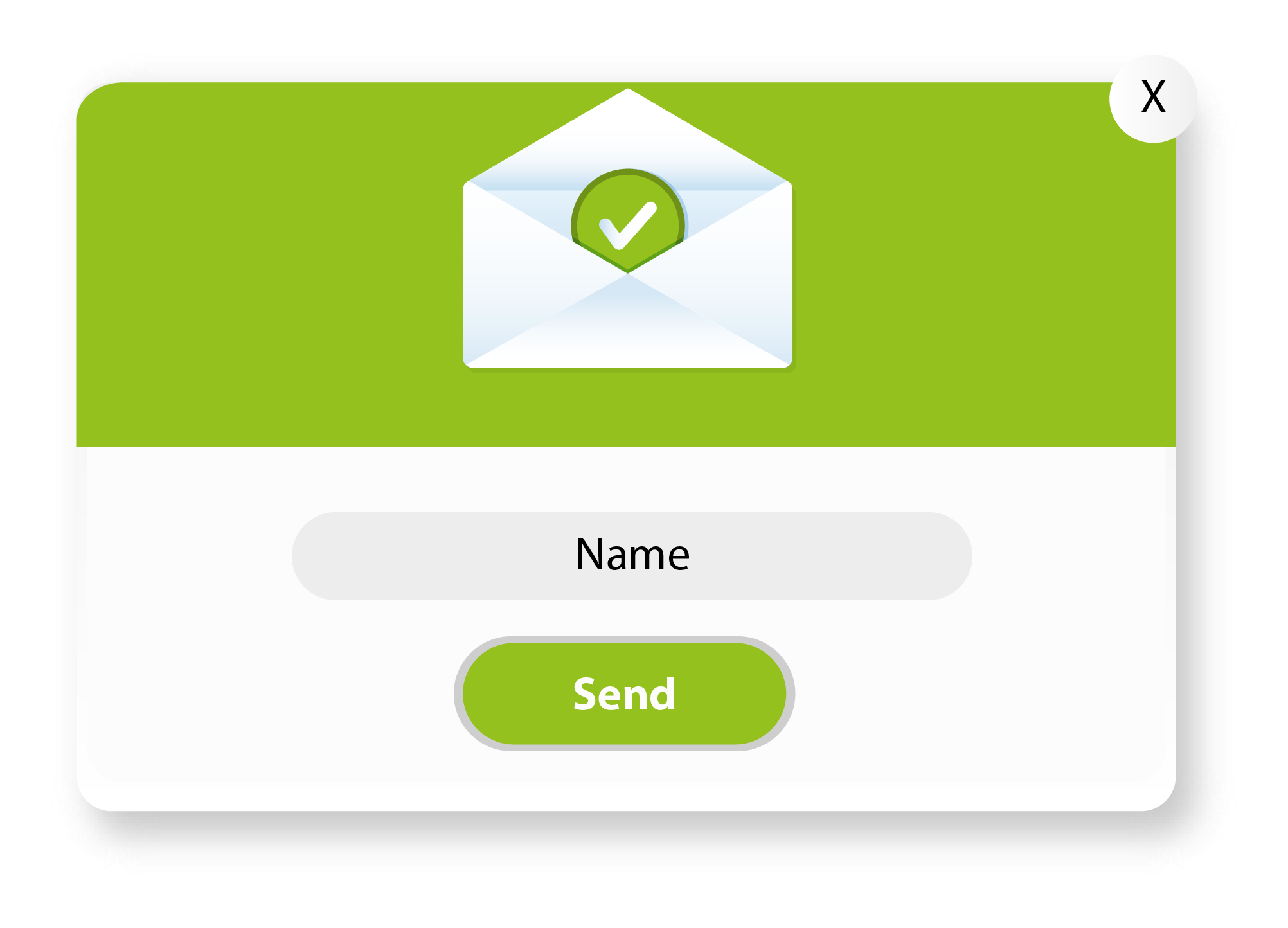Currently, email is one of the most widely used means of communication in the workplace, and that's why they are the main objective of cybercriminals when it comes to carrying out their exploits and putting their focus. Despite this, many companies do not take the necessary security measures, leaving their accounts unprotected. This makes cybercriminals look here, as they may have a higher chance of success attacking via email.
"Cybercriminals are aggressively attacking people because sending scam emails, stealing credentials, and uploading malicious attachments to cloud applications are easier and much more profitable," said Kevin Epstein, vice president of operations at threats from the company Proofpoint.
Today, more than 99% of targeted attacks are triggered by users, whether by clicking a malicious link, typing a password on a malicious website, or sending sensitive data after receiving a fraudulent email. However, organizations allocate only a small percentage of their investment in security to protect email, the most used vector by cybercriminals. Furthermore, everyday we detect and stop more than 600 million email threats. In the case of Pymes, according to a Microsoft study, 50% of small businesses have experienced an attack in the last year, which compromised an SME data breach of €140,000.
► Emails with an unusual pattern.
► Sender verification.
► Checking the downloaded files.
► Update of the operating system and applications.
► Macros in office documents.
But without a doubt, these are daily processes in which the greatest weight and responsibility, if not everything, falls on our employees, which could obviously alter their performance and their experience in the use of a medium so common and recurrent as email. That is why, despite the fact that these awareness and training techniques for our users are necessary, implementing security measures for access and the correct verification of the identity of our email could prevent entry vectors.
And here is where the importance of using Multiple Factor Authentication (MFA) is born. According to Google's official blog, MFA has shown that accounts compromised in cyberattacks were reduced by 50% after the application of this simple measure, which almost entirely mitigates direct attacks on business email accounts.
Is using these sistems really necessary?
Los ciberdelincuentes están continuamente buscando nuevas formas con las que acceder a nuestra información, ya sea para robar nuestros datos, tener acceso a nuestros servicios, extorsionarnos, etc. Las formas mediante las cuales tratan de obtener nuestras credenciales son muy variadas, como ya hemos contado en otras ocasiones: spear phishing, ataque del CEO, ramsonware, phishing, malware, etc. Por esta misma razón, porque los métodos de la ciberdelicuencia avanzan con tanta rapidez y sin control, la mejor solución es protegernos con algo que solo y únicamente un usuario pueda tener, es decir, su propio comportamiento.
Cybercriminals are continually looking for new ways to access our information, be it to steal our data, gain access to our services, extort money from us, etc. The ways in which they try to obtain our credentials are very varied, as we have already mentioned on other occasions: spear phishing, CEO attack, ransomware, phishing, malware, etc. For this same reason, because the methods of cybercrime advance so quickly and without control, the best solution is to protect ourselves with something that only one user can have: their own behaviour.
Why and how you should use the users' behaviour as a security factor?
The behavior of a human being is something inherent to him, like his ID or his appearance, from here, identity factors such as the fingerprint or the face ID, are born. The thing about these factors is that they are static factors, a static factor refers to any credentials that don't change or rarely change, like passwords, IP addresses, email address... facial features and fingerprints pose a problem similar to that of passwords... since changing the face or fingerprint is not something common or accessible. The big problem with using static authentication factors is that they have a high potential for being stolen.
At Ironchip we analyze the behaviour of human beings in their daily relationship with company services, such as email, based on the locations from which they operate.
The locations from where each user accesses services on a day-to-day basis are closely linked to our behaviour and to the service in question, so it would be difficult for any attacker to supplant them.
You will be able to protect your email and your employees in an easy, comfortable and safe way with our intelligent location as shown in the video. Our security software detects unauthorized access by transparently learning the behavior of your company's users in relation to email and the places from which it accesses, in order to generate an alert in the event of abnormal behavior so that this access can be managed and prevent improper access.
Having the behaviour and the user as the epicenter of the company's security to facilitate the insertion of this type of cybersecure methods is not only the best that Ironchip can offer you:
- Facilitate the day-to-day of your workers, while they will operate calmly and without any tedious method, Ironchip's intelligent location will be guaranteeing the security of their accesses.
- Meets requirements. It respects the privacy of the employees and complies with the current RDGP, the intelligent location is totally anonymous, and we only store the prediction algorithm capable of determining if the location is valid.
- Get easy and secure user authentication, provide your employees with the easiest authentication system to use. Discover a solution 100% adaptable to your needs: integration into any service in an agile and comfortable way.
- And the best, integrate this security system in all the services you want, access to VPN, RDP, access to O365, Azure Cloud... and everything you can imagine... AND PAY ONLY PER USER!
Tags:
Ironchip solutionsMay 12, 2022
